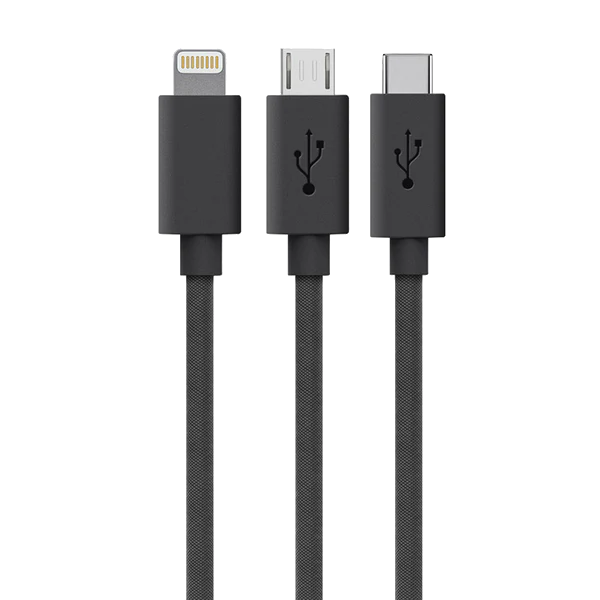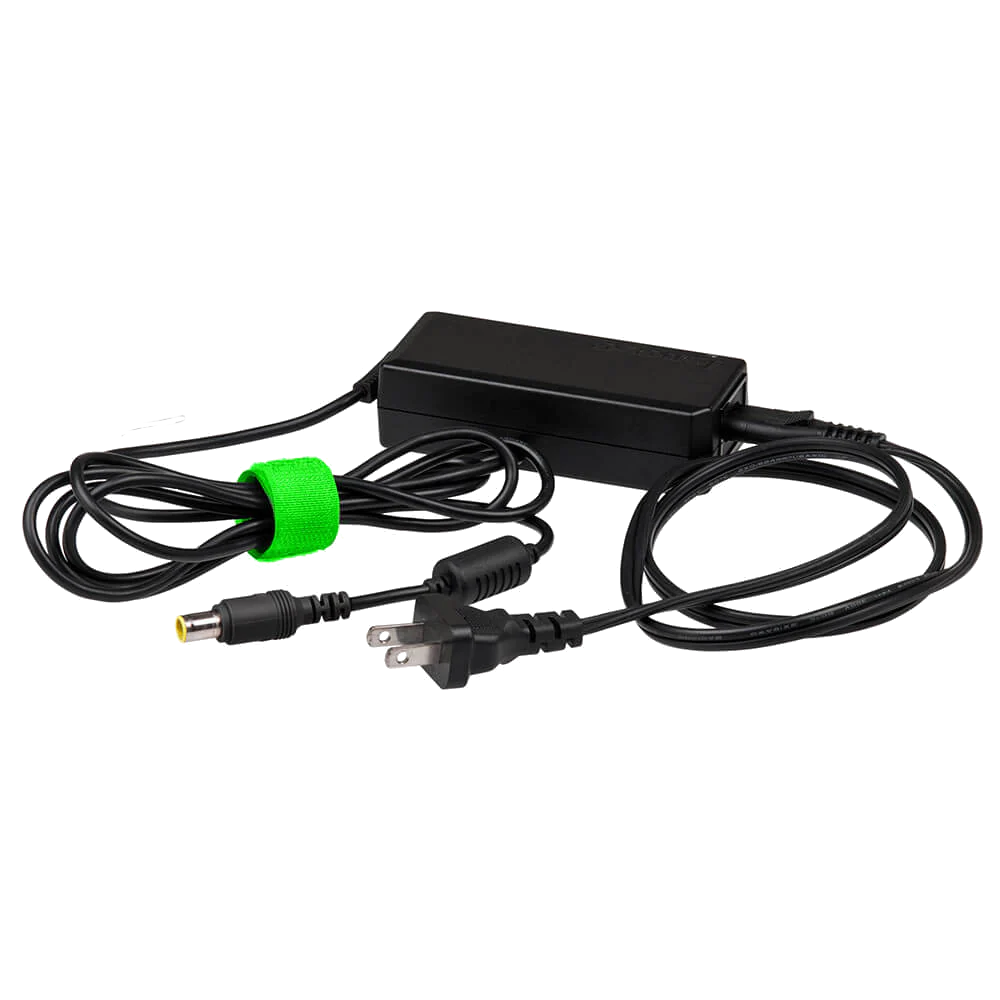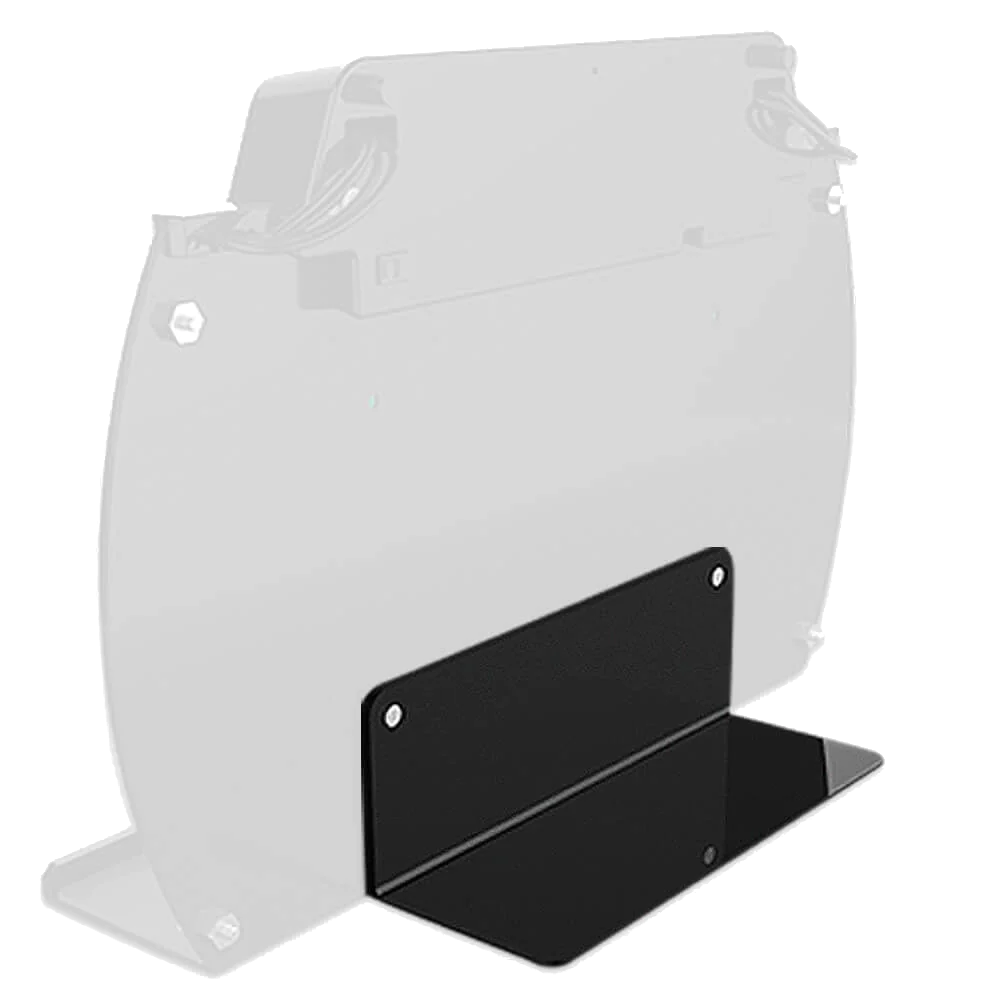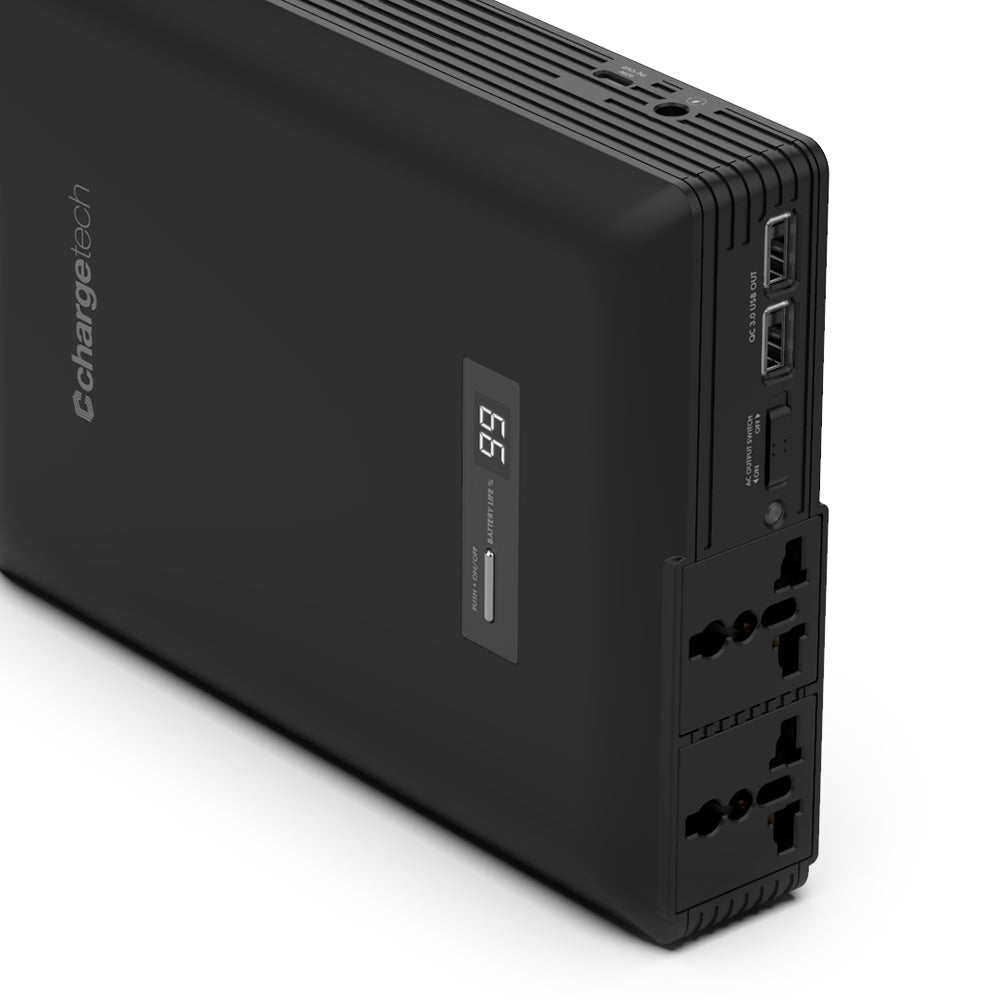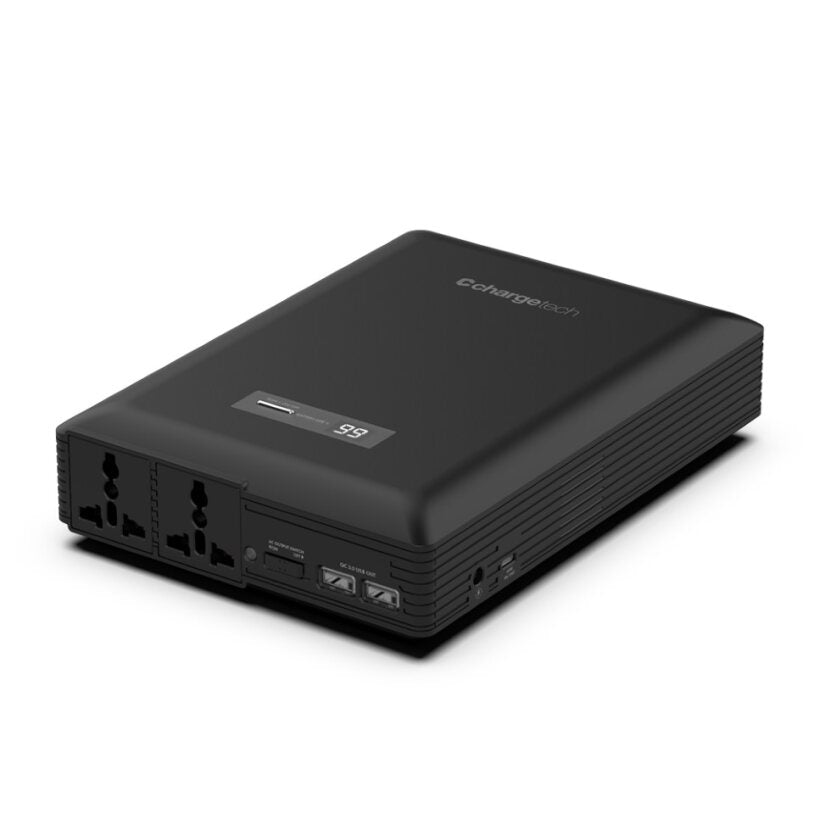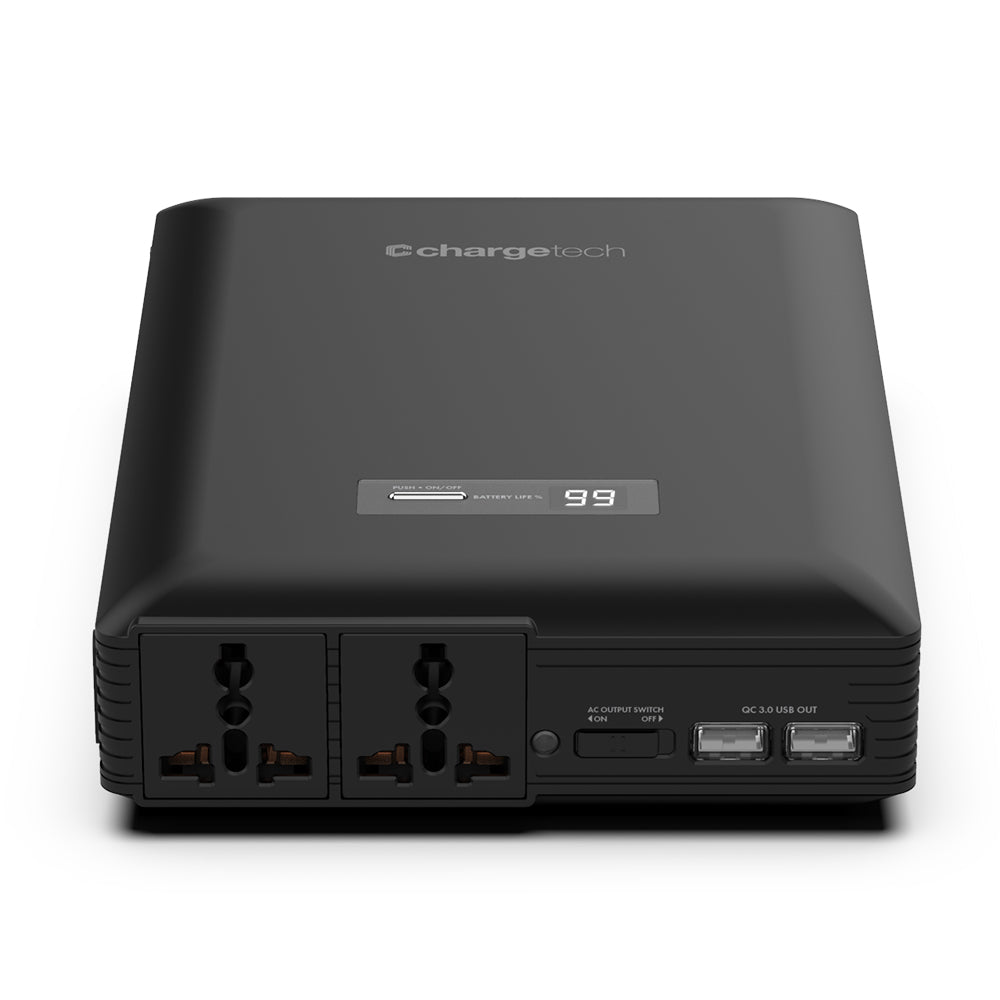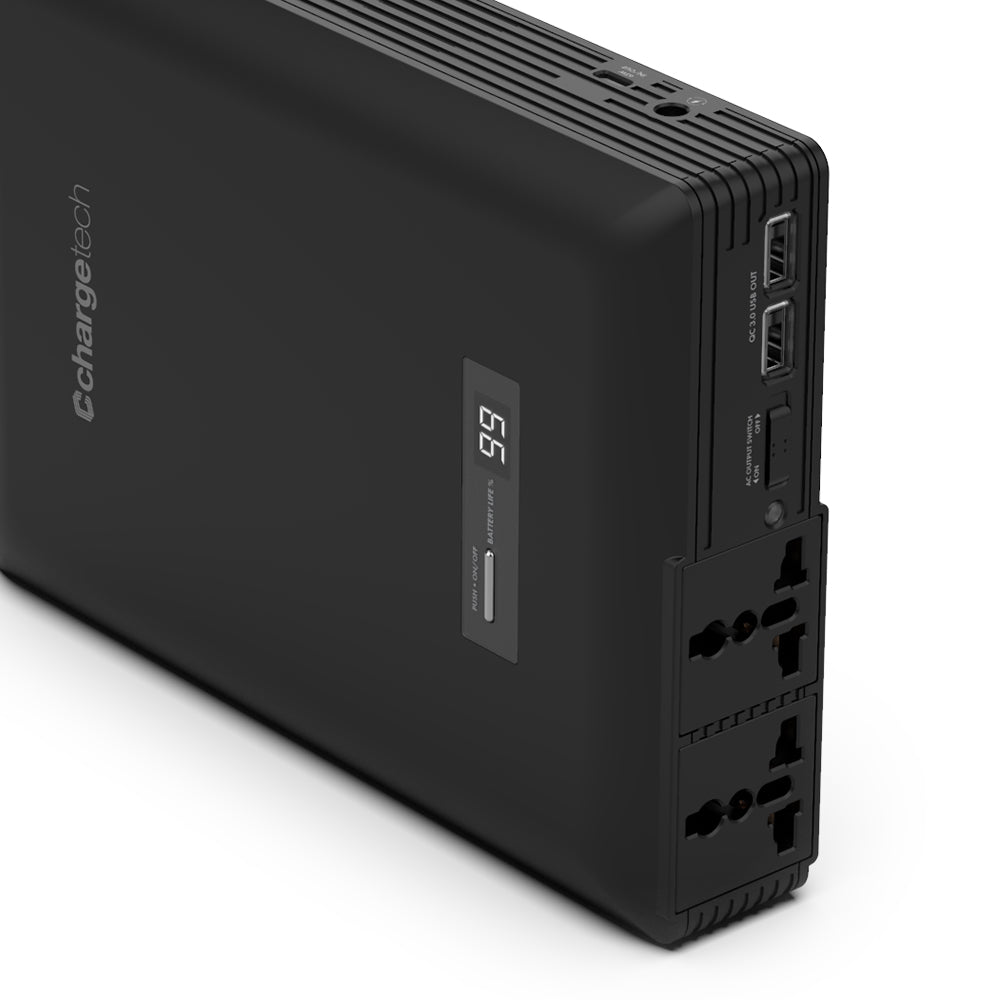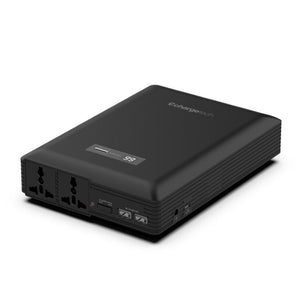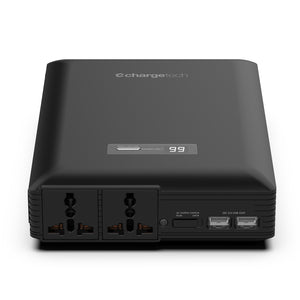Will school return in person this fall? Only with UV Disinfection.
With the 2020-2021 school year less than two months away, there is still a remarkable amount of uncertainty as to whether or not schools will be open in person this fall. The solution to this problem will not be universal. While the Federal Government is urging schools to return in person this fall, every state and local system will respond differently based on their local resources, infection rates, and populations. UV disinfection will make the difference.
Some school programs and daycares are already operating in modified capacities in-person, and many American universities have announced their plans to resume classes in person this fall. However, with Coronavirus cases still rising in nearly every state nationwide, school districts will likely not know whether or not students will return to classrooms in person until the last minute.
“Any superintendent and any state government that is being honest with parents is going to say we don’t know exactly how this is going to play out,” said John Valant, a senior fellow in the Brown Center on Education Policy at The Brookings Institution.
With such a high level of uncertainty, and the reality that a continued risk of infectious diseases is not going away, the best thing school administrators can do is make their classrooms as virus-proof as possible.
Keeping School's Safe - The Basics
Making classrooms safe requires basic protective supplies like masks for all teachers and students, heightened sanitation and cleaning practices, and comprehensive best practices policies to protect the health and safety of students and teachers alike.Primary and Secondary Education
Such policies include staggering schedules to reduce the occupancy of school buildings and offering a combination of online and in-person learning. Mayor Bill de Blasio of New York has announced his intention to allow students to return to class in person two to three times a week. This hybrid schedule allows for social distancing in classrooms by reducing the number of individuals in the school building by about half.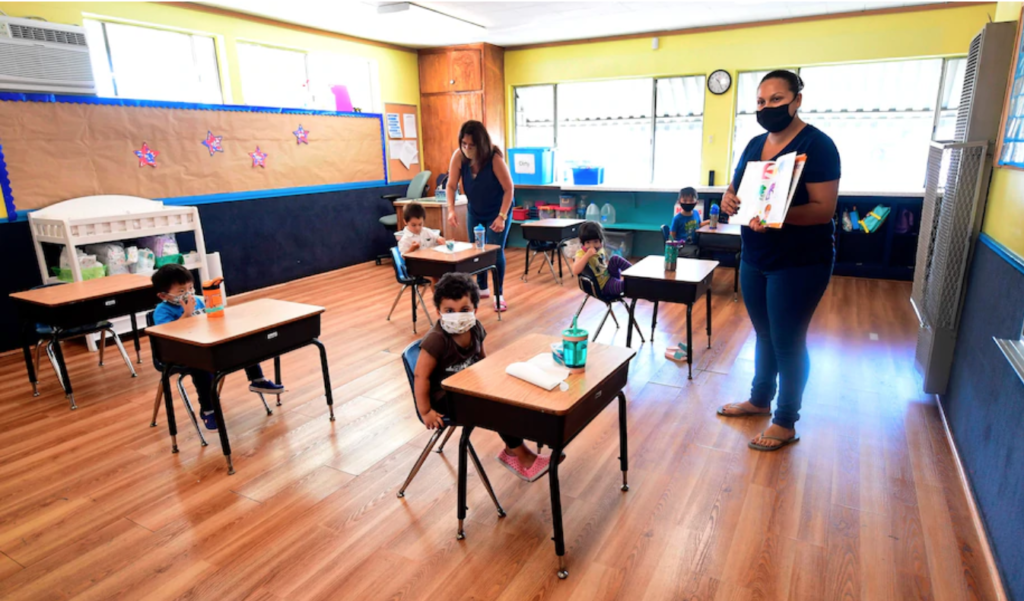
Preschoolers wearing masks and socially distanced, during summer school sessions in Monterey Park, CA. (Frederic J. Brown/AFP/Getty Images)
With reduced occupancies, students would be able to space their desks out to comply with social distancing guidelines such as seen in the picture above at a preschool in Monterey Park, California in early July.
Mandatory temperature checks will be practiced across the country while students and teachers who feel ill are strongly encouraged to stay home. Teachers also require ensured healthcare and paid sick days so they are able to stay home if they feel ill.
With fewer students in each classroom and the likelihood that teachers will take more sick days to protect the health and safety of themselves and their students, most school districts will also require more instructors, substitutes, and full-time teachers to fill this gap in resources.
Upper Education
The same debate is being played out in upper education, where many universities are currently planning on bringing students back to campus in the fall. For the university, a different set of challenges exists and many different strategies have emerged as possible solutions to curb the spread of diseases while allowing for in-person learning.
Several universities are committing to a mixture of online and in-person lectures to reduce the occupancy of classrooms and many institutions have committed to ending the in-person semester before Thanksgiving to miss the peak flu season.
Whatever the result ends up being for each individual school and district, it is certain that in-person learning will resume before the risk of COVID-19 or a similar virus has been completely mitigated. This is because even with the eventual creation of a vaccine, it will take a long time before universal implementation is achieved. And further, we will never completely eradicate the risk of infectious diseases.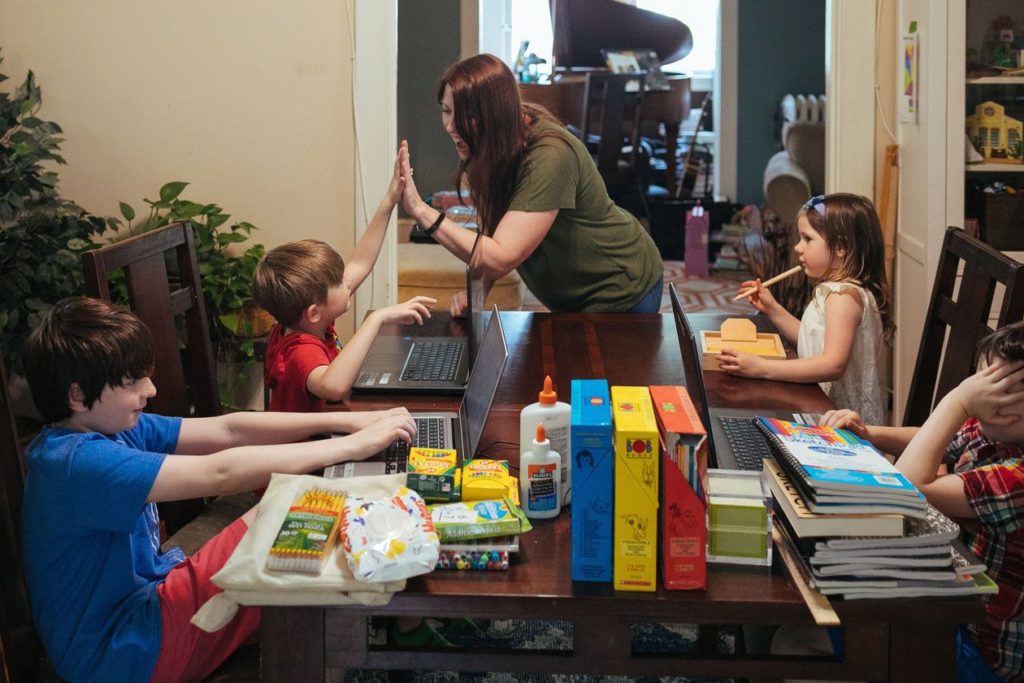
Ms. Curatolo-Boylan struggled to homeschool her 4 children at once during the shutdown last spring. Source: Kevin Hagen For the Wall Street Journal
Online Schooling vs In-Person Learning
There are many forces and factors that are compelling students to return in-person before it is deemed completely safe. Firstly, online learning, especially for primary and secondary education, has proven to be both difficult and less effective than in-person learning based on the experience of teachers, students, and parents across the country this spring.Shortfalls of Online Learning
NWEA, an Oregon based education nonprofit has found that students experienced between a 30% to 50% decline in learning gains last year compared to typical school years with the largest decreases coming in vulnerable and low-income households who often lack access to an internet connection, supplies, and parental instruction due to inflexible work hours.The nonprofit EducationSuperHighway estimates that 9.7 million students, about 20%, are not connected to the internet, with the majority of these students belonging to low income and minority households.
The issues with online learning extend beyond low success-rates and high absentee-rates. Moving school online puts a large burden on families who rely on schools to teach, feed, and take care of their children during the workday if they are not able to stay home from work all day long.
Financial Incentives to Return to Campus
The incentives to return students to the classroom are not just felt by the families but by the schools themselves. The Coronavirus shutdown placed an exorbitant burden on teachers and educators to transition from traditional learning to online learning with little to no training, inadequate technical support, and often without the protocols and technical infrastructure in place to carry this out.
Beyond these pedagogical challenges, many institutions face steep financial incentives to bring students back on-campus. For example, many universities, colleges, and private schools charge large tuition fees for their students in exchange for a comprehensive learning experience.
The economic model of these institutions relies on in-person learning and an on-campus experience the extends from education to sports, extracurriculars, and social life. Without students on campus, the entire model of private education, both pedagogical and financial, becomes untenable.
For any combination of these reasons, school administrators are being pushed from all sides to bring students back as soon as possible while also protecting the health and safety of their teachers, staff, and students.
Therefore, whether students will be in the classroom or not this fall, schools and school districts face great incentives to make their physical buildings and classrooms as safe from the spread of diseases as possible in order to resume in-person learning quickly and safely.
While the basic set of protective measures and best practices listed above is an essential step to resuming in-person learning, schools must look beyond these measures to make their learning environments fundamentally safer from the spread of infectious diseases. 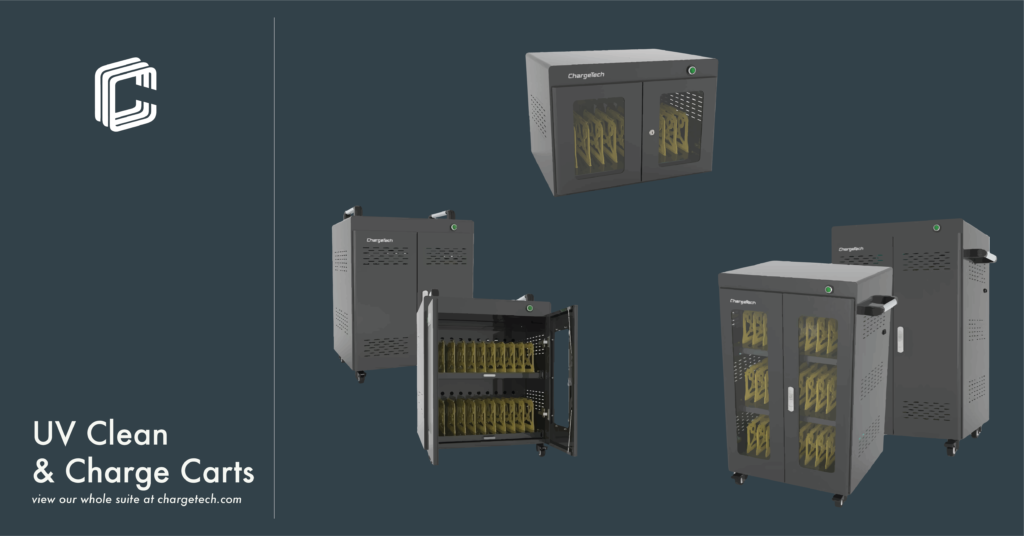
ChargeTech AC and USB UV Clean and Charge Carts, full restock expected in early August. Speak to a ChargeTech team member to learn more.
UV Disinfection in Education
Schools, colleges, and universities of all sizes have been turning to UV sanitation technology to keep technology devices clean and safe. Most schools and colleges employ technology such as laptops, Chromebooks, and tablets for digital learning, these electronic devices pose a risk as possible links in the chain of infection.
Laptops and tablets, which are often provided to students for their use, are notoriously difficult to clean and capable of housing bacterial and viral matter for long periods of time, increasing the likelihood of transmission in classrooms, especially when these devices are shared or passed to different students each day.
UV Laptop Sanitizers
When schooling went online last spring, many school districts provide laptops and tablets to their students to use for online learning. These school-owned devices had to be cleaned and disinfected, yet without UV laptop sanitizers, it was very difficult to ensure their cleanliness.UV laptop sanitizers and tablet UV sanitizers such as the ChargeTech UV Clean and Charge Carts are the most effective way to disinfect shared technology items such as Chromebooks or other devices.
ChargeTech customers at all levels of education have been sourcing our UV Clean and Charge Carts that can hold up to 40 laptops at once. While your devices are being charged, these UV carts run a 5 minute UV disinfection cycle to keep classroom technology safe and clean.
How Do UV Sanitizers Work?
As a society, we are fighting an invisible enemy. We must take efforts to break the chain of transmission at every possible step. That is why we are encouraged to wash our hands regularly and avoid touching public surfaces.The same principle applies for our technology. Only through UV sanitation can we help make sure that our shared electronic devices are not acting as links in the chain of transmission. ChargeTech UV Clean and Charge Carts are specifically designed for classrooms and businesses in mind which rely on a large number of electronic devices to be charged, orderly, and sanitary.
The UV-C light bulbs in ChargeTech UV disinfection products are specifically placed to target the maximum amount of surface area with a calibrated wavelength of UV light that damages the DNA of bacterial and viral matter. Dr. Indermeet Kohli, a physicist at Henry Ford Hospital in Detroit, told Live Science that UVC at a specific wavelength, 254 nanometers, has been successfully used to kill H1N1 influenza and other coronaviruses, such as SARS and MERS.
UVC-254 damages the DNA and RNA of viral matter, including the novel coronavirus (COVID-19), according to Dr. Jacob Scott, a research physician in the Department of Translational Hematology and Oncology Research at Cleveland Clinic.
Exposure to UVC-254 damages COVID-19 viral matter so that it cannot replicate, effectively killing the virus on the spot.
ChargeTech UV Disinfection Solutions
ChargeTech offers 10 to 40 Bay sized UV Clean and Charge units equipped for either AC or USB outputs to perfectly meet the needs of the client.ChargeTech has been a leading voice in device management solutions for over ten years, but since the emergence of the COVID-19 pandemic, ChargeTech has emerged as one of the most trusted voices in the UV Clean and Charge space.
Our best-selling carts are the perfect UV laptop sanitizers and tablet UV sanitizers for the modern classroom.
Reach out to a ChargeTech representative today to discuss how we can help make your school, classroom, or office a safer place to be with our suite of UV disinfection solutions.
 For more information about CleanCharge, our new collection of UV disinfection and Antimicrobial products, get in touch with a ChargeTech team member on our website.
For more information about CleanCharge, our new collection of UV disinfection and Antimicrobial products, get in touch with a ChargeTech team member on our website.CleanCharge by ChargeTech
To show our commitment to providing technology solutions that keep our classrooms and offices safe and clean, we have launched a new collection of products called CleanCharge by ChargeTech.For this collection, we have assembled an internal team of UV disinfection experts, engineers, and consultants to ensure that all future generations of ChargeTech UV-C products meet the highest possible standards of UV Disinfection technology, keeping up with the latest advancements in UV-C LED technology and research on placement and arrangement of bulbs, permeable materials, and reflective surfaces to maximize coverage and disinfection potential.
Within this collection of products is a new generation of our best-selling 27K mAh portable power packs that are equipped with an anti-microbial solution on the external surface to help kill bacterial and viral matter. These antimicrobial portable power products will be available to ship in early August.
Portable Power in the Classroom
To learn more about our current UV disinfection offerings and our coming collection of expanded UV and antimicrobial products, please reach out to a ChargeTech team member.

